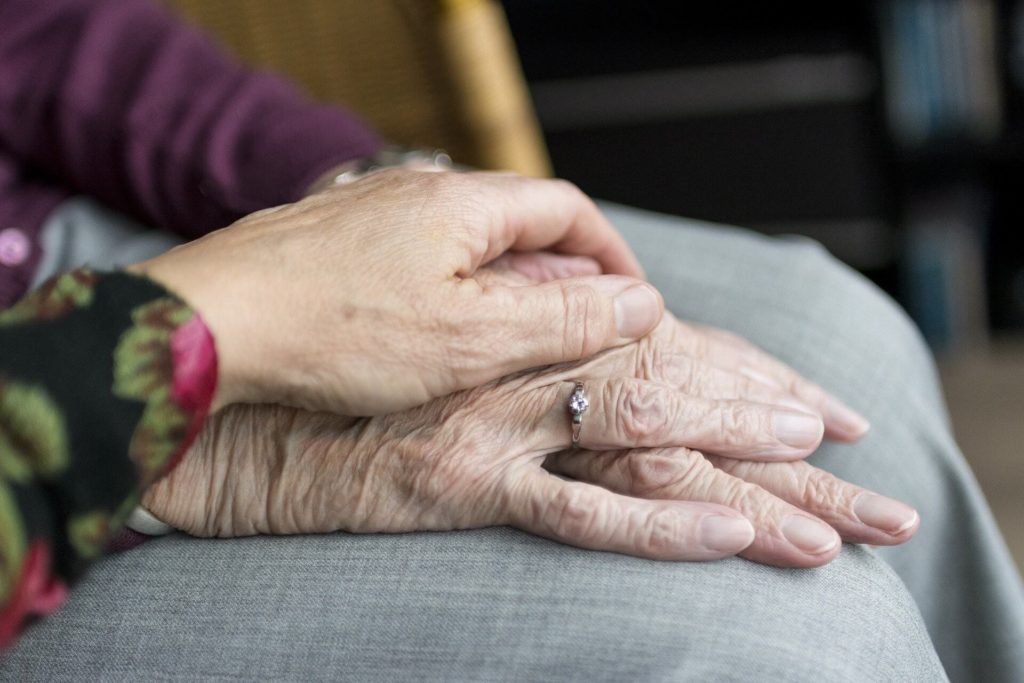Bedsores in Nursing Homes and What To Do About Them

As advocates for the well-being of our loved ones in nursing homes, it is crucial to address the prevalence of bedsores and take proactive steps to prevent and manage this often-avoidable condition. In the interest of preventing and identifying bedsore injuries, it is vital to understand their nature and the legal responsibilities of nursing homes in ensuring the health and comfort of their residents.
Understanding Bedsores
Bedsores, also known as pressure ulcers or decubitus ulcers, are injuries that result from prolonged pressure on the skin. They can range from mild redness to severe wounds affecting deeper layers of tissue. Understanding the stages of bedsores is essential for early detection and intervention.
Several factors contribute to the development of bedsores, including immobility, poor nutrition, and medical conditions affecting blood flow. Nursing home residents, particularly those with limited mobility, are at an increased risk.
Bedsores often occur in areas with bony prominences, such as the back of the head, shoulders, elbows, lower back, buttocks, hips, and heels. Regular monitoring of these areas is crucial for prevention.
The Duty of Nursing Homes
Nursing homes have a duty of care to ensure the well-being of their residents. This duty includes implementing measures to prevent bedsores and promptly addressing any signs of their development.
Nursing homes are legally obligated to provide adequate care to prevent bedsores. Failure to do so may result in legal consequences. If a resident develops bedsores, it is essential to investigate whether the nursing home fulfilled its duty of care.
Signs and Symptoms
In order to prevent bedsores and avoid the worsening of symptoms, knowing what signs and symptoms to look for is essential. Be on the lookout for the following:
- Skin discoloration: One of the earliest signs of bedsores is a change in skin color. The affected area may appear red or purplish, indicating reduced blood flow to the skin.
- Skin temperature changes: The skin over a pressure ulcer may feel warmer or cooler than the surrounding areas. Temperature changes can be an indication of damage to the underlying tissues.
- Swelling and tenderness: Bedsores may cause swelling in the affected area, and the skin may feel tender to the touch. These symptoms suggest inflammation and potential damage to the skin and underlying tissues.
- Changes in skin texture: As a bedsore progresses, the texture of the skin may change. It may become firmer, and in later stages, the skin may break open, forming an ulcer or crater-like wound.
- Pain or discomfort: Individuals with bedsores may experience pain or discomfort in the affected areas. This can range from mild soreness to severe pain, depending on the stage of the bedsore and the extent of tissue damage.
Bedsores progress through stages, from mild (stage 1) to severe (stage 4), with increasing damage to the skin and underlying tissue. Recognizing the progression is vital for timely intervention.
Prevention Strategies
Regular repositioning and turning of residents are essential to relieve pressure on vulnerable areas. Nursing homes must have protocols in place to ensure residents are not left in one position for extended periods.
Proper skin care and hygiene are fundamental in preventing bedsores. This includes keeping the skin clean and moisturized and addressing any incontinence issues promptly.
What To Do if Your Loved One Develops Bedsores
If your loved one develops bedsores, document the condition by taking photographs and keeping a detailed record. This evidence can be crucial in pursuing legal action.
Open communication with nursing home staff and management is essential. Discuss your concerns, inquire about the care provided, and request a care plan to prevent further deterioration.
Promptly seek medical attention for your loved one. Additionally, consult with an Omaha nursing home neglect lawyer to understand your legal options and ensure the protection of your loved one’s rights.
Compensation and Damages
Victims of bedsores may be entitled to various types of compensation, including medical expenses, pain and suffering, and, in severe cases, punitive damages. When assessing your case, your attorney can determine the full extent of the damages you or your loved one may be able to claim.
An Omaha personal lawyer attorney who specializes in nursing home neglect cases can guide you through the legal process, investigate the circumstances surrounding the bedsores, and help you pursue justice.
We Serve Our Clients with Compassion and Care
If your loved one has developed bedsores in a nursing home, contact Bottlinger Law L.L.C. to discuss your case. Our Omaha legal team is here to fight for justice and ensure your rights are protected.
We take our job of advocating for the rights of nursing home residents seriously. Your family member deserves the highest standard of care, and we are here to help you hold negligent parties accountable.
Call us at (402) 505-8234 today for a free consultation.
Bottlinger Law
Consultation Form
Our legal team is ready to help. Please fill out the form below to set up a free consultation with the Bottlinger Law team.